
The last thing you want to share your cozy living space with is a family of creepy crawlies or unwelcome guests with more legs than you deem comfortable.
Yet, every squish of a spider and every shiver at the sight of a scurrying cockroach is a sign of the adaptability and pervasiveness of your uninvited pest population.
To safeguard your sanctuary against bed bugs, flying insects, and other pests, you must first understand the invaders—and their psychology is where it all begins.
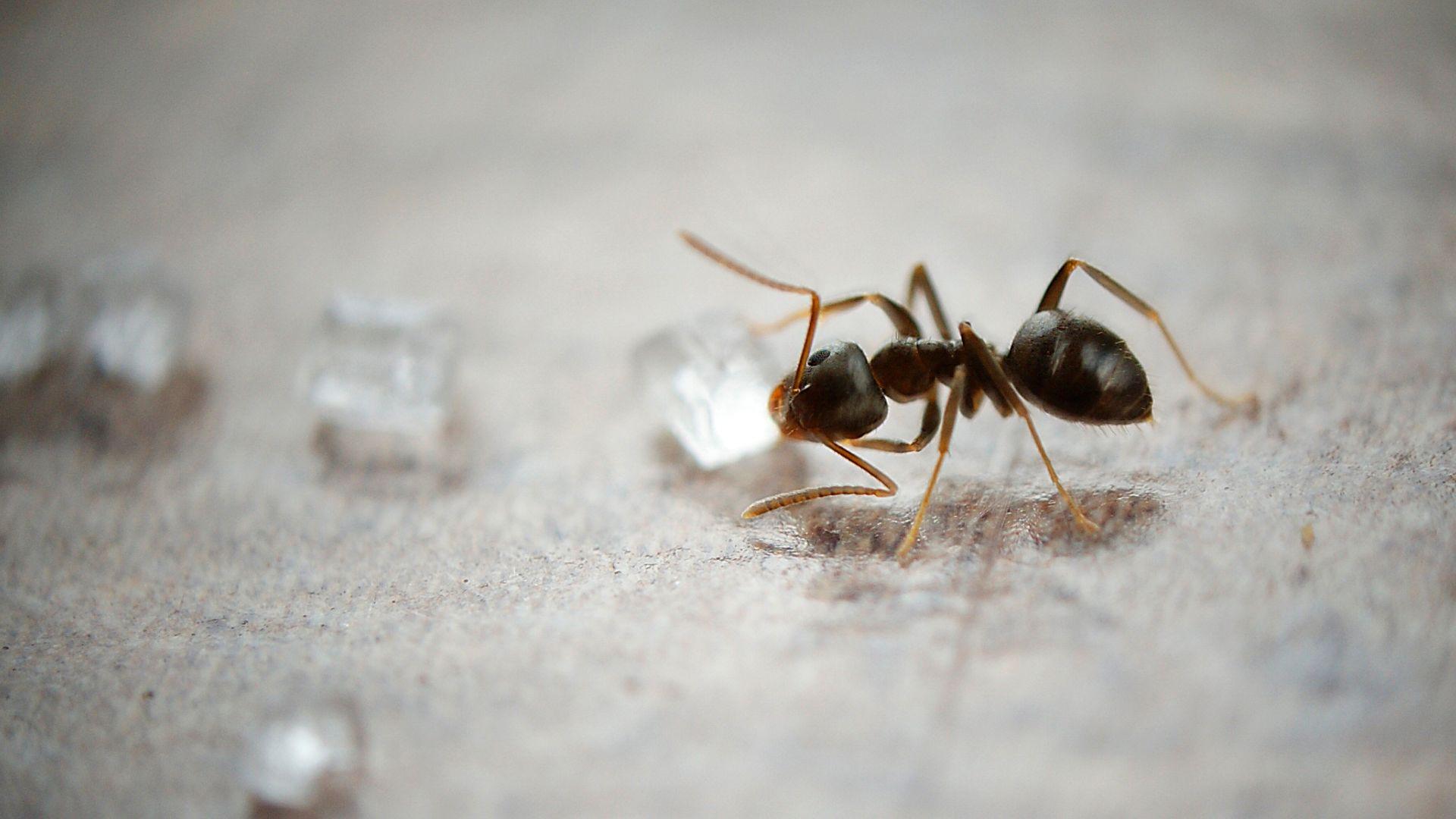
Pests, in a most irritating manner, prefer to cohabit within our homes, places where we are safest and where a plethora of comforts await them.
Their selection criteria are as methodical as they are maddening. The why and how of a pest infestation boil down to complex combinations of behavior and biology, which can be neatly observed in our human habitats.
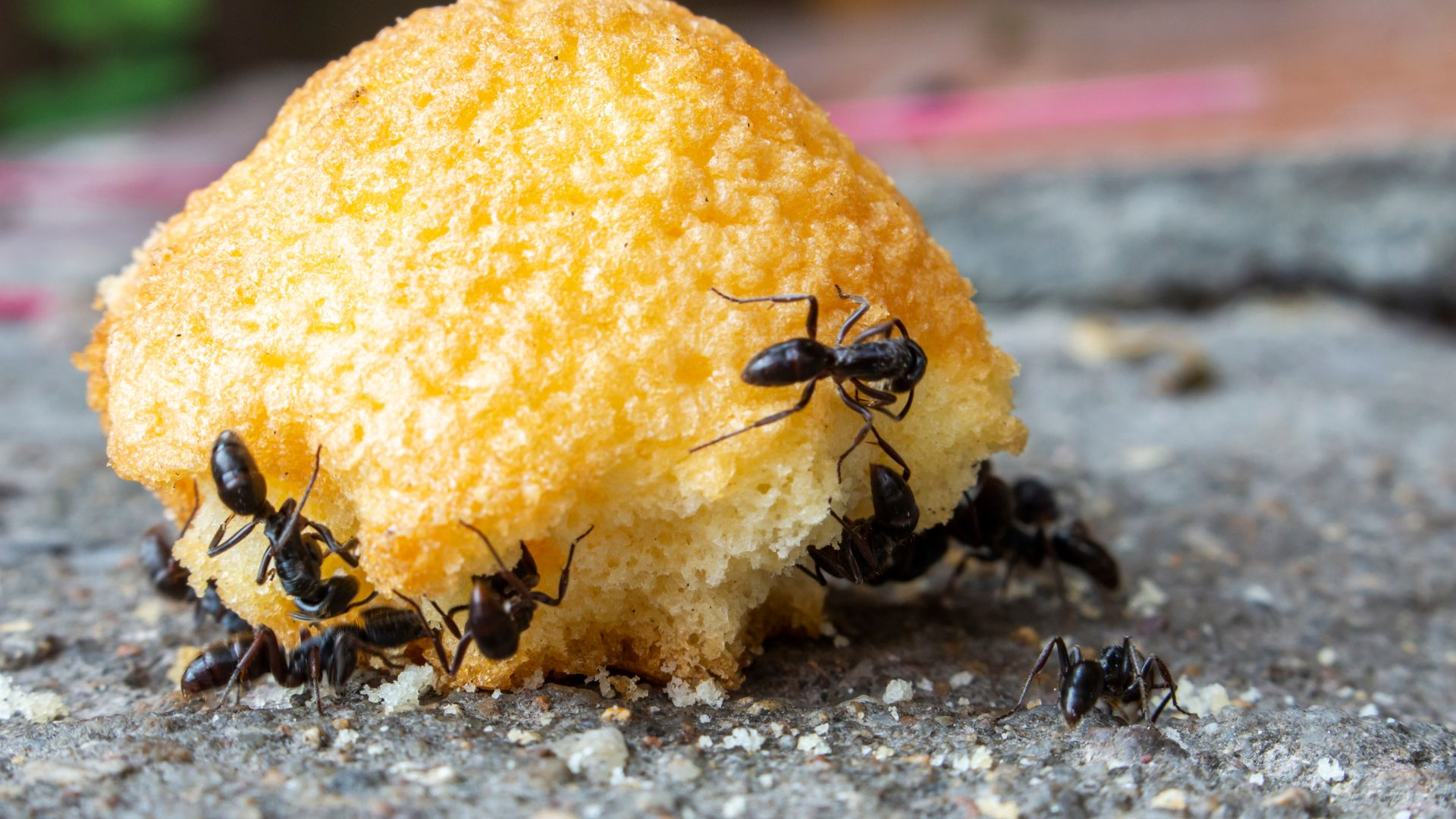
Pests, much like us, seek out essential living comforts—they need food, water, and shelter.
Unlike us, however, they find these bare necessities in the most seemingly mundane places within our homes, drawn to the crumbs on the kitchen counter, the drip of a leaky faucet, and the cozy confines of undeclared stacks of paper in the attic.
Awareness of timing and opportunity is ingrained in a pest's DNA. A broken window screen, a gap under the door, or a forgotten opening in the foundation wall are not, to them, mere minor home problems that need to be fixed, but perfect gateways for the common pest to enter your home.

Our kitchens are unwittingly elaborate buffets in the eyes of pests. An abandoned slice of pizza uncaringly left on the couch, a bowl of fruit glistening in the morning sun, or the pantry's endless supply of bread and snacks create an inviting atmosphere the insects love.
These inviting foods can quickly lead to major pest infestations from common pests like insects, rodents, or other nuisance wildlife.
Clutter is more than a nemesis to the organization—it is a harbinger of pests. Piles of neglected laundry, paper, and unchecked boxes harbor dust, dampness, and often, the beginnings of a pest haven. To a bug, these heaps are neither obstacles nor eyesores but rather potential living quarters.
Humidity within a home, especially in the often-neglected corners, invites certain species like silverfish and termites, making dampness more than a concern for home aesthetics—it's a giant "welcome" sign for bugs.
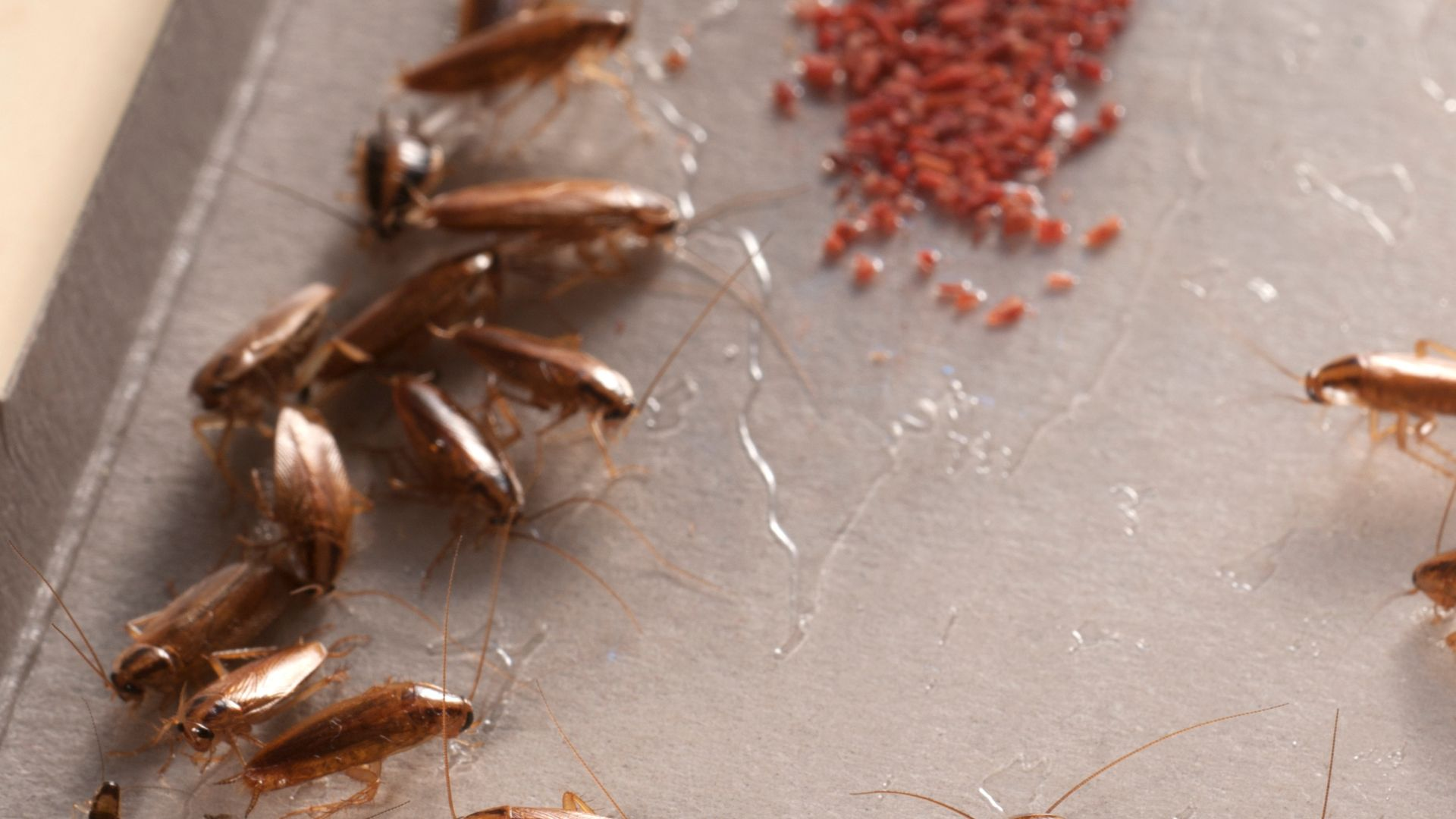
Combatting these invasions requires more than a swat on sight. It requires understanding and, ultimately, a strategic use of tools that exploit the behaviors that attract most pests.
Visual traps utilize the immediate surroundings of pests. Whether it's a sticky surface that looks like a great place to catch some rest or a curious-looking landing spot that outshines the rest of the room, these traps confront pests with their desires and, to their detriment, doom.
Bait traps cater to the way pests, such as carpenter ants, find their next meal. They disguise deadly substances with alluring fragrances, directing them not toward something nutritious but its exact opposite.
Light traps mimic the age-old seduction of moths to flame. Many pests are phototactic, instinctively drawn to sources of light, which, in the context of traps, leads to them being stuck there forever.
Pheromone traps exploit the innate desire to reproduce, whispering sweet chemical nothings (or a musty odor) that mimic the allure of mating calls among certain pests. Despite their sometimes aggressive behavior, insects often have decent memories and the ability to reason. Catching a whiff of these pheromones is enough to make them remember their first love.
These traps are particularly effective, creating a bustling singles scene where the only intimacy is found in collective doom.
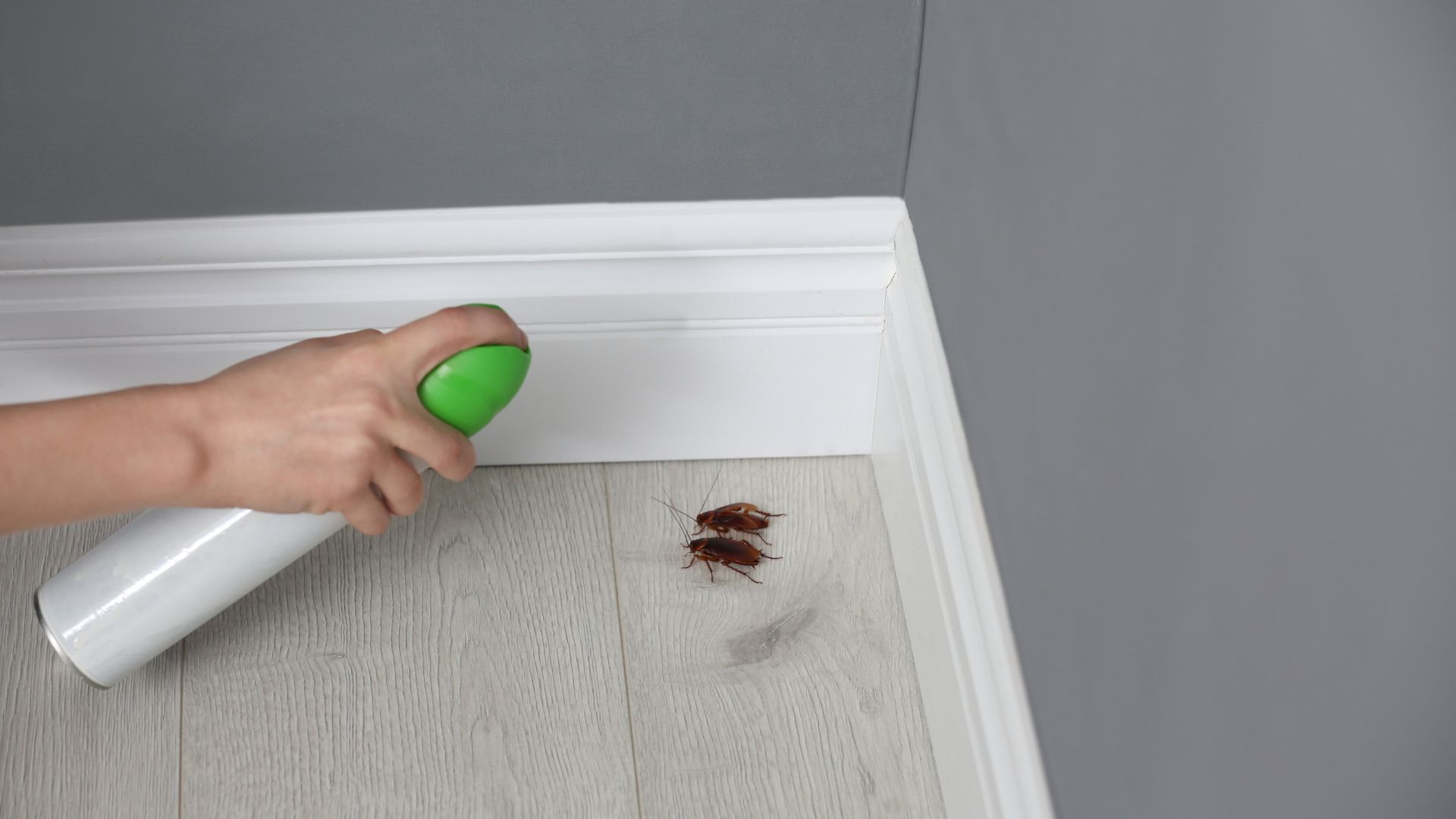
Home defense against pests can be a granular affair, deploying multiple deterrents aimed not just to rid the present but to prevent the future.
Integrated pest management strategies blend physical and chemical approaches, organizational tidiness, and occasionally, the guiding hand of professional intervention.
Do-it-yourself solutions for pest control are the budget-conscious homeowner's best friend. They range from creating traps and applying repellents to regular home maintenance.
Though the internet might say you can figure out everything yourself, our professional pest control experts are fierce and experienced allies.
They offer years of know-how, application best practices, and rock-solid advice when a situation escalates beyond an amateur’s expertise.
A relatively new entrant in the bug management sphere is the pest control subscription service, which plays at the intersection of professional guidance and DIY convenience.
Such services deliver the appropriate treatments, often taking into account the location and season, allowing you to actively defend your home while standing on the shoulders of someone else's expertise.
An aspect often overlooked is the sustainability of our pest control methods. Targeted treatments and organic pest management strategies prioritize the least amount of disruption to the balance of the surrounding environment while effectively killing or scaring away pests.
It's not just about creating a hospitable climate for you and your loved ones but about respecting the planet Earth!
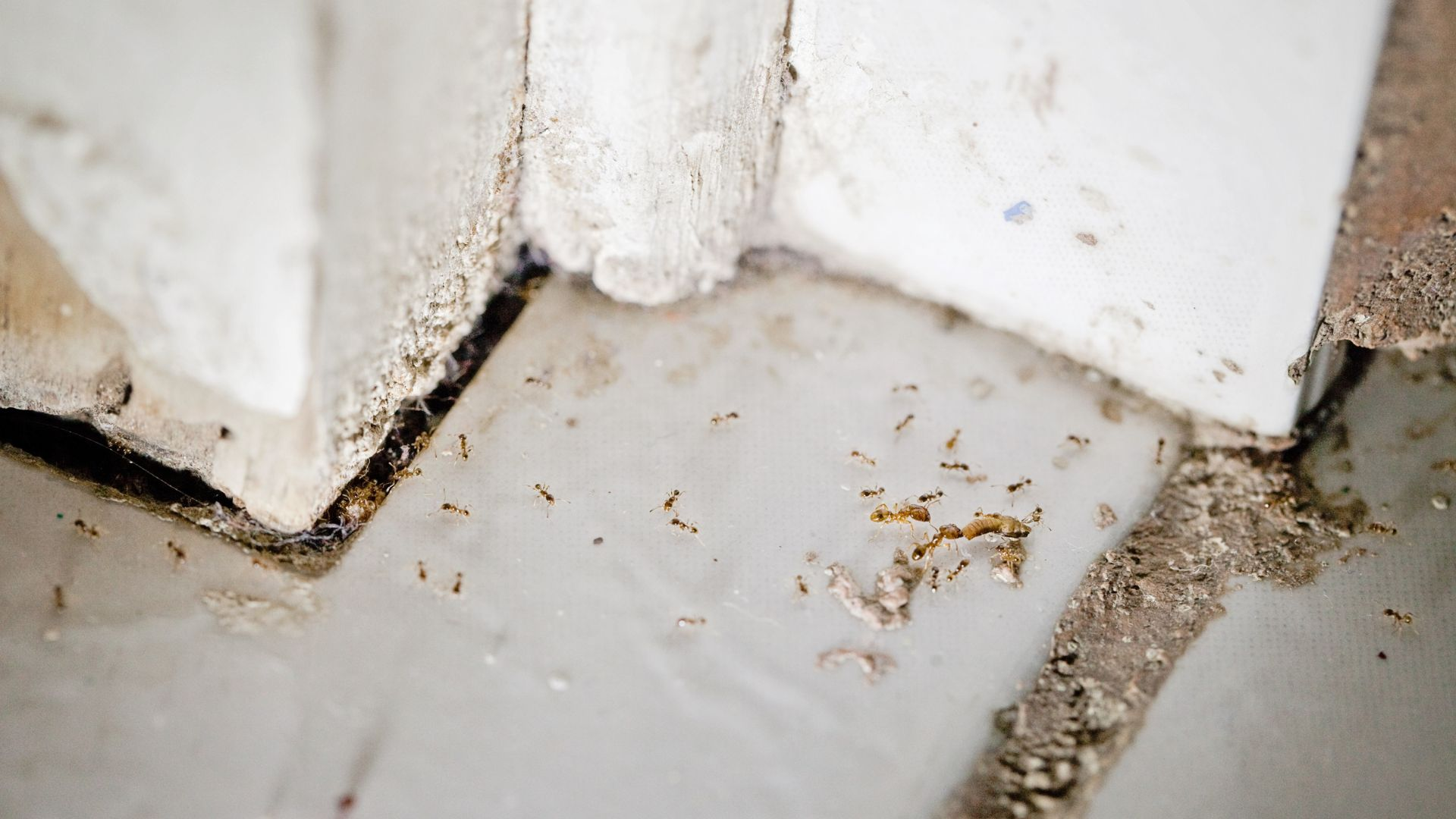
It's not just about dealing with the pests skittering under your roof; it's about preventing their return, and doing so in a way that doesn't turn your living space into a chemical battleground.
The key is to understand them and to lure them in the most efficient way possible. This knowledge ensures there are solid boundaries between nature and your four walls.
For those who crave a detailed and customizable approach to pest defense, Riddy offers a solution that melds expertise with convenience.
It’s a pest control subscription service that sends precisely what you need for your area and the time of year, a reminder that invasions are not only predictable but also preventable.
With an abundance of info now at your disposal, it's time to craft your personalized defense against these creepy home invaders.
It's a battle best fought with knowledge as sharp as the stinger of a wasp and perseverance as steady as the ant's march. After all, the only guests we should have in our homes are the ones we have over for dinner.
No comments
0 comments